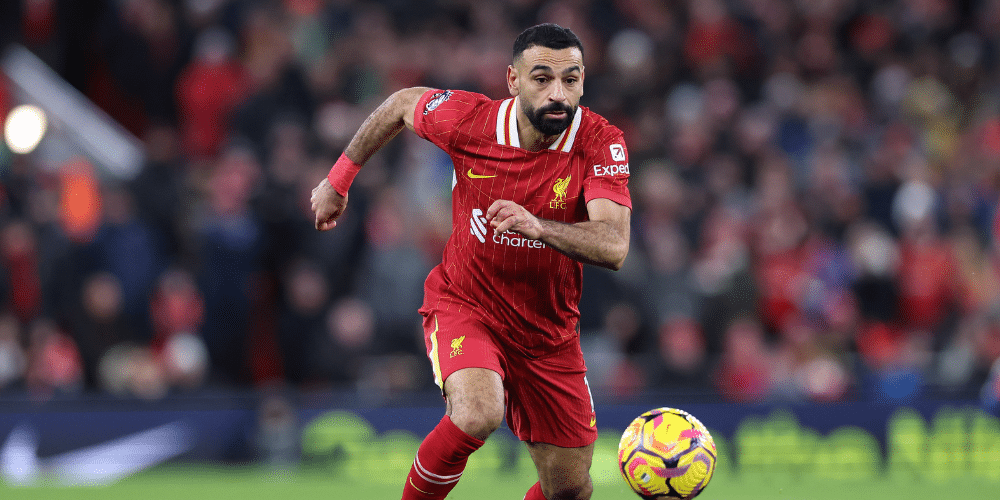Fitness
How to run faster

Despite our hardwired ability to run fast, many people saunter through midlife without ever picking up pace. Indeed, one figure making the rounds on social media suggests that after the age of 35, 95 per cent of people never sprint again. But what is well-documented are the health benefits of regular short bursts of dynamic exercise, including sprints, which include improved cardio-vascular function, better strength and weight loss.
Last year, 6.2 million people in the UK engaged in running for exercise, according to Statista. And for those who feel the need for speed, there are tools and techniques that can be utilised to increase velocity.
Colin Harris is a professional athlete trainer, a former international GB athlete and the founder of Sprintingspeed. He says the best place to start to develop speed is in the slow lane.
“If you jog poorly, you run poorly,” he explains. “If you don’t have great technique, you lose power, pace, performance and productivity.”
So how do you get your Parkrun personal best and leave the other recreational plodders in your dust?
1. Assess your current running speed
The first step, according to the experts, is to assess your strengths and weaknesses.
Jonas Dodoo is a speed coach and the founder of Speedworks. He says: “It is important to know who you are as a runner, and what you are capable of. Can you produce force at your key joints which are ankles, knees and hips. Are those joints stable?”
A good test of explosive power ability is the ease and height at which you can do plyometric box jumps (more of which later), as the same muscles are used for jumping and accelerated running. Plyometric exercises are short, fast movements that allow muscles to reach maximum force quickly.










